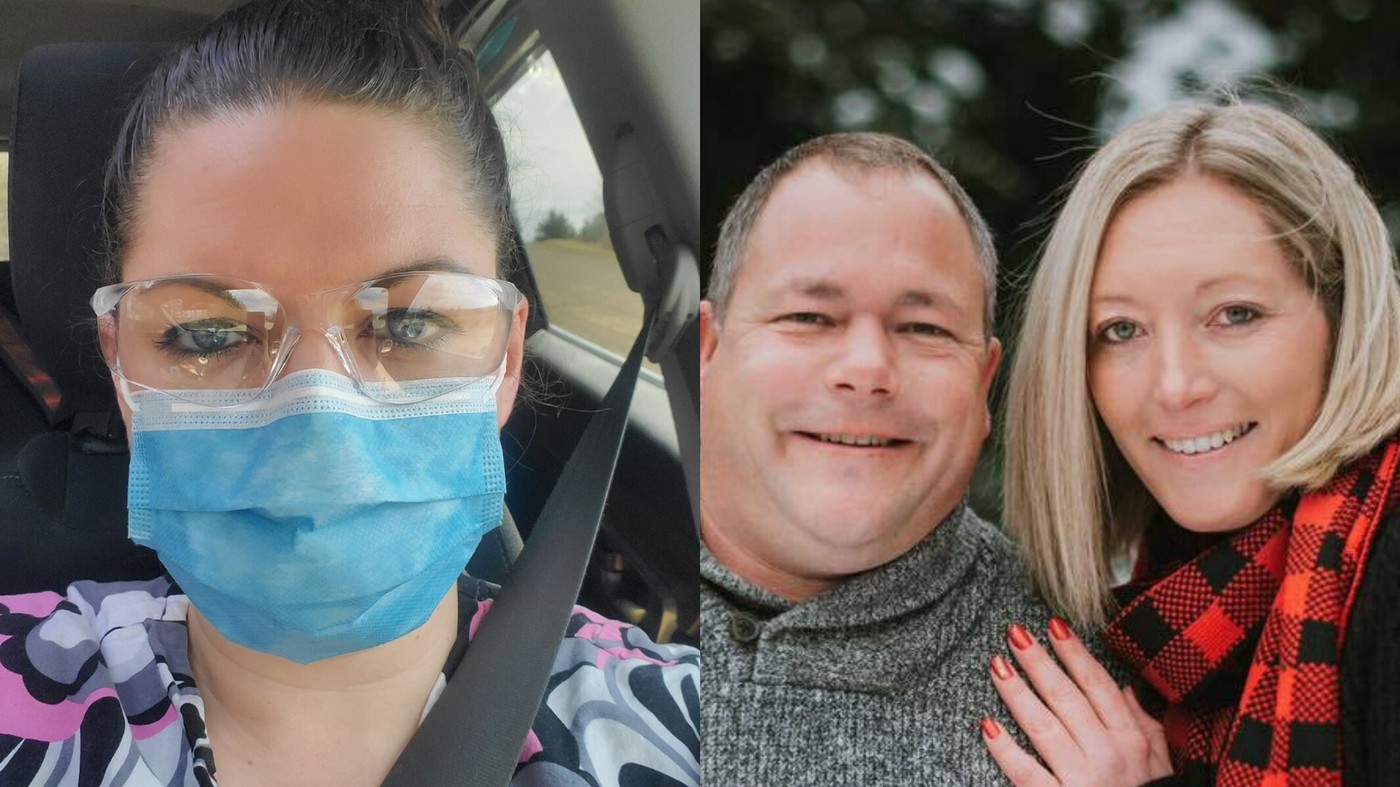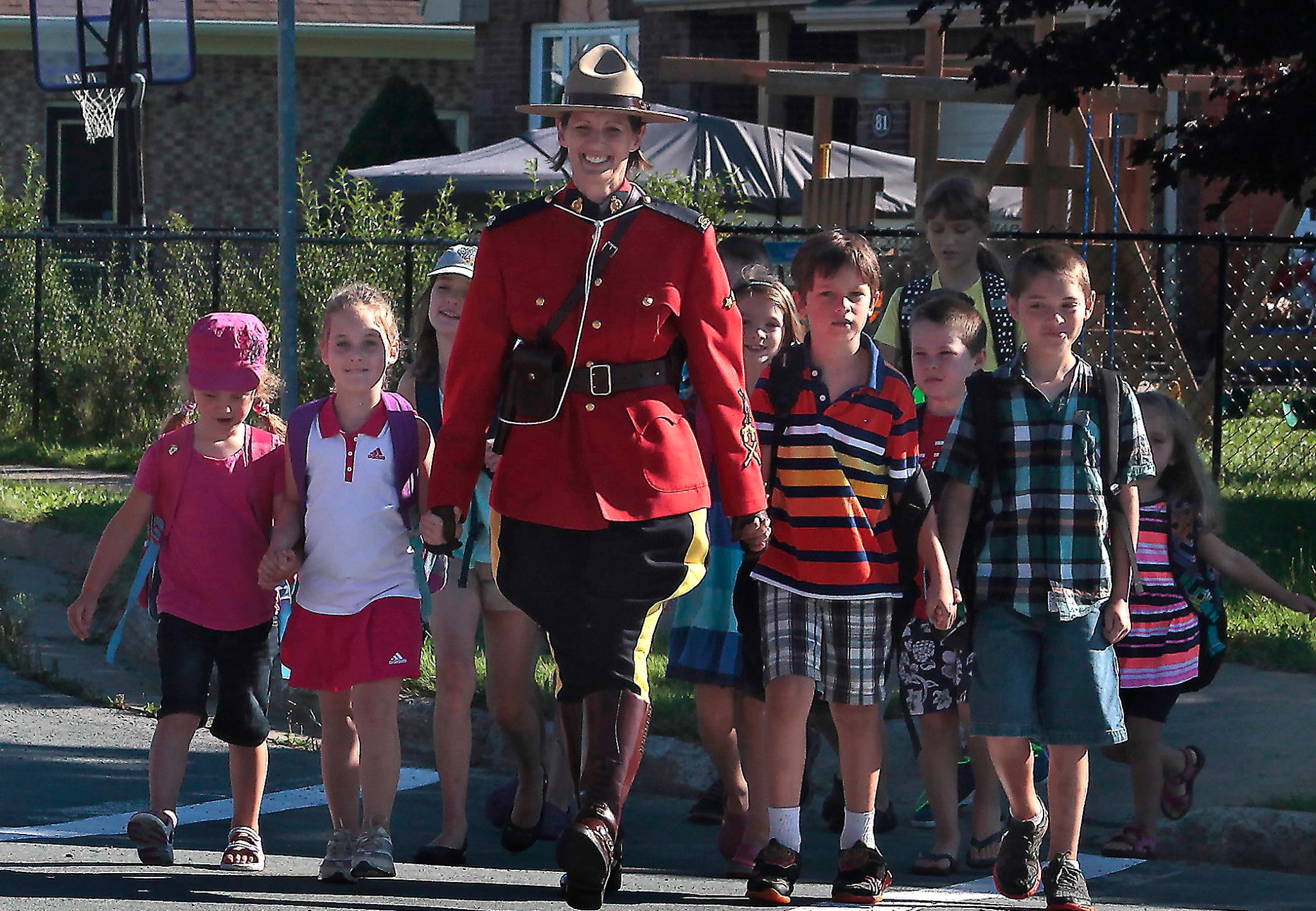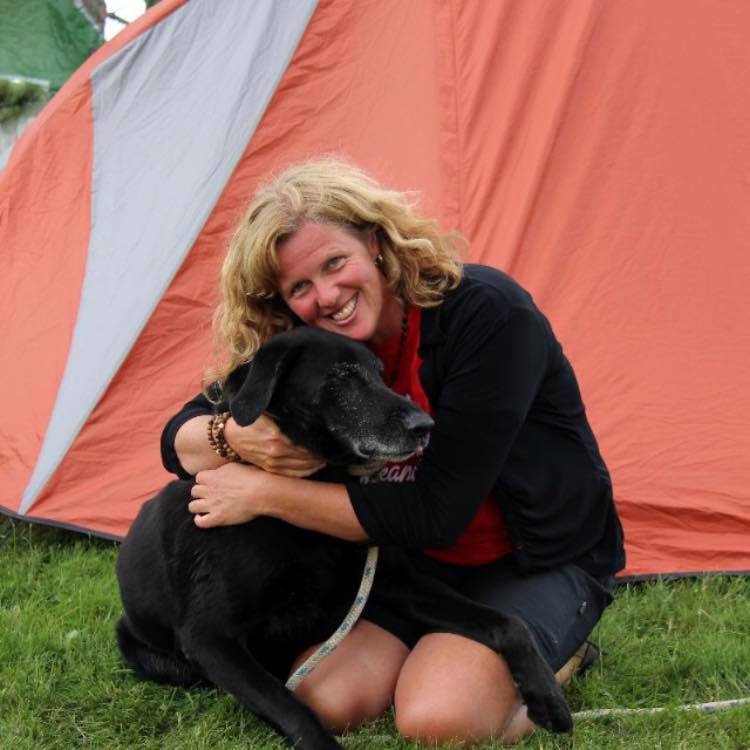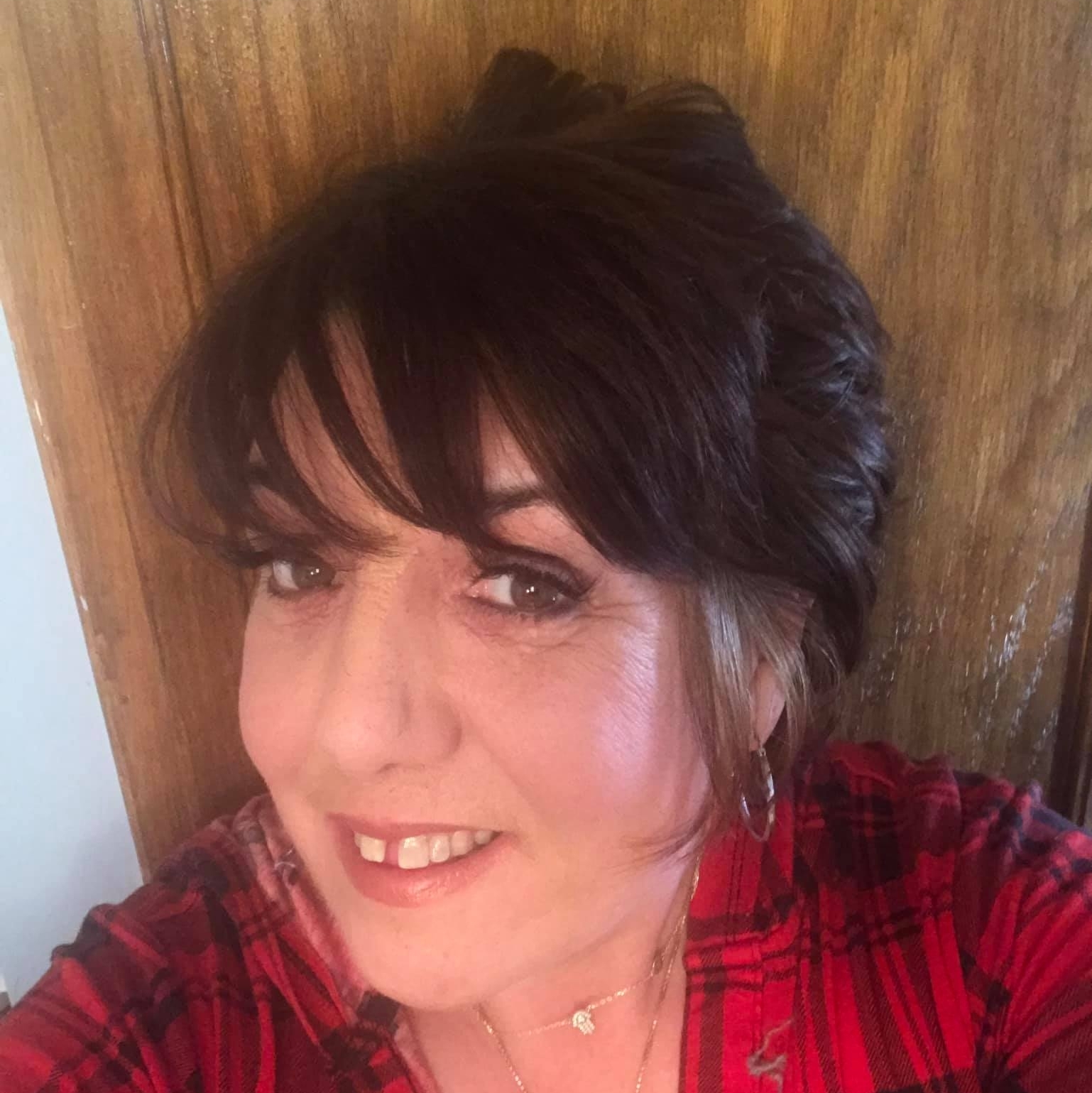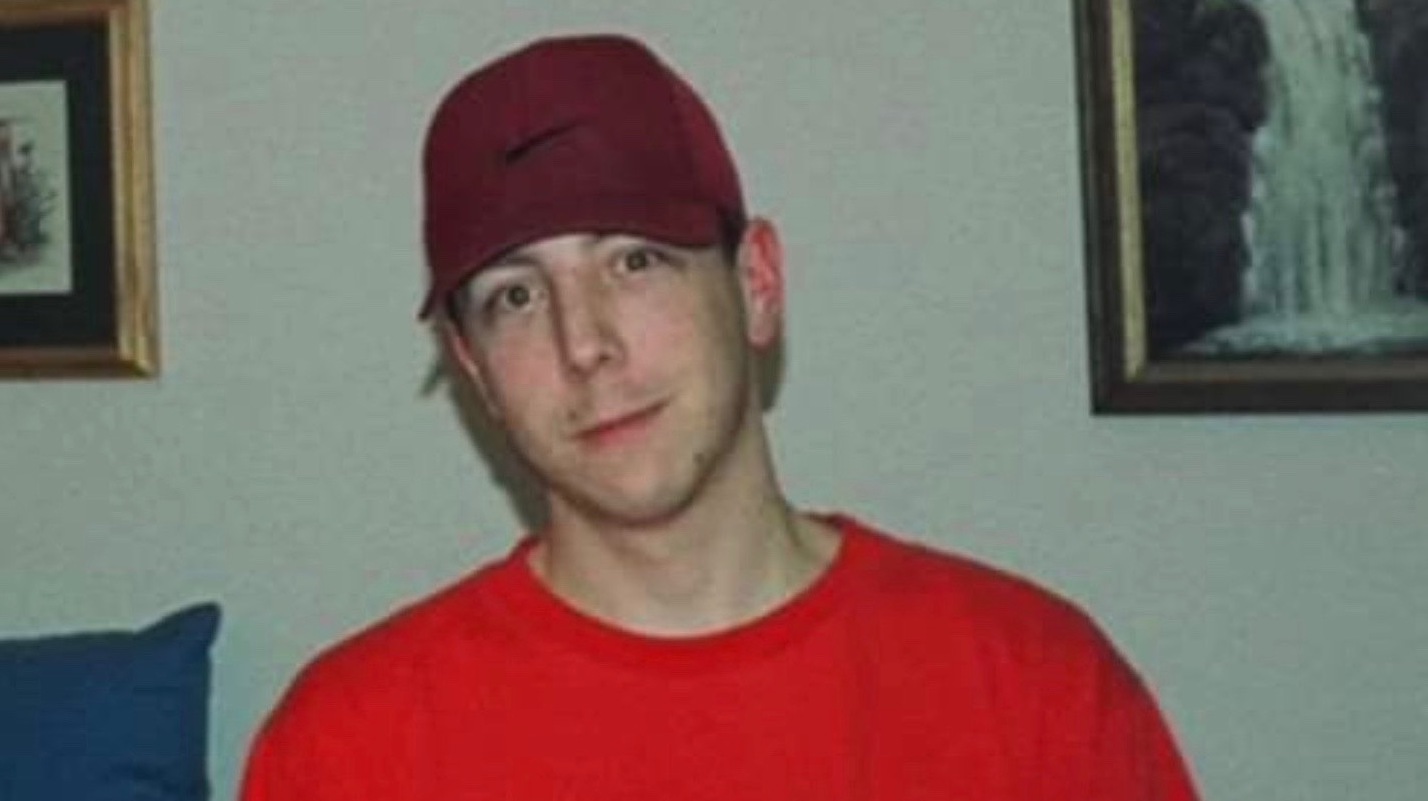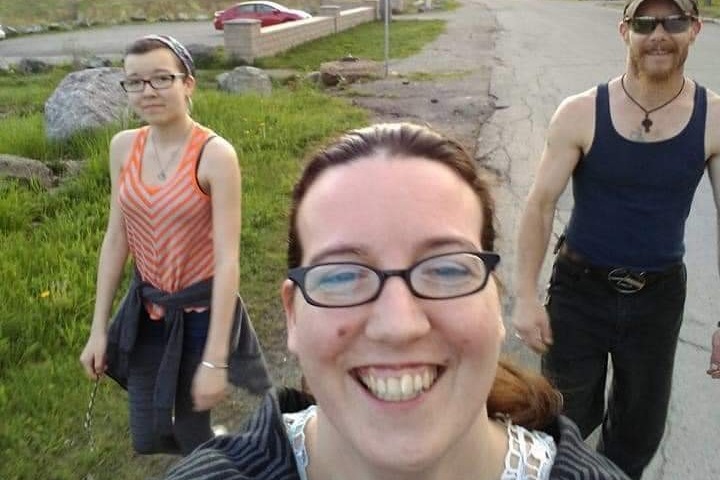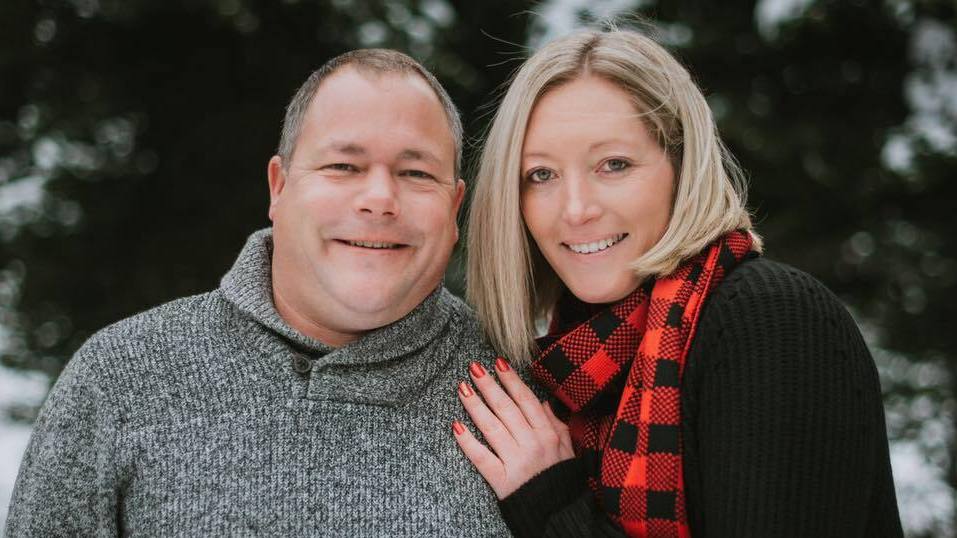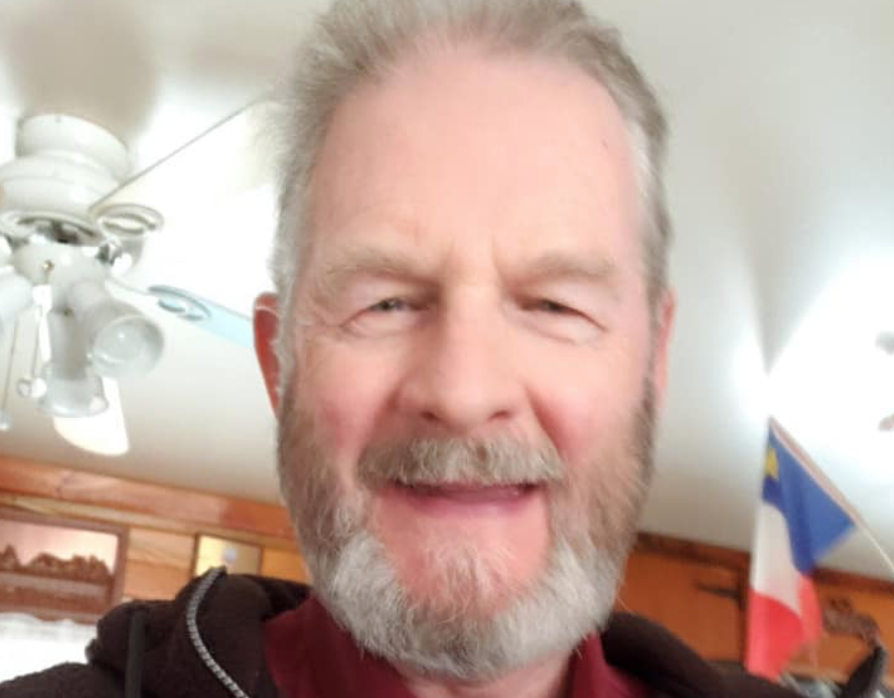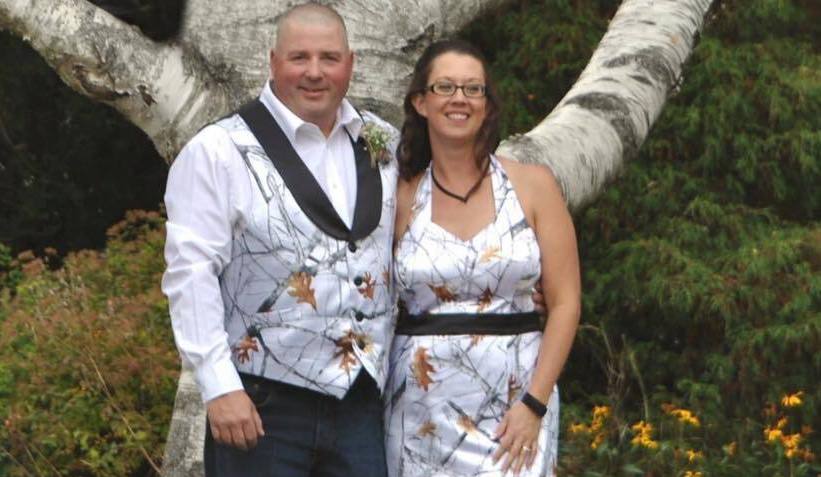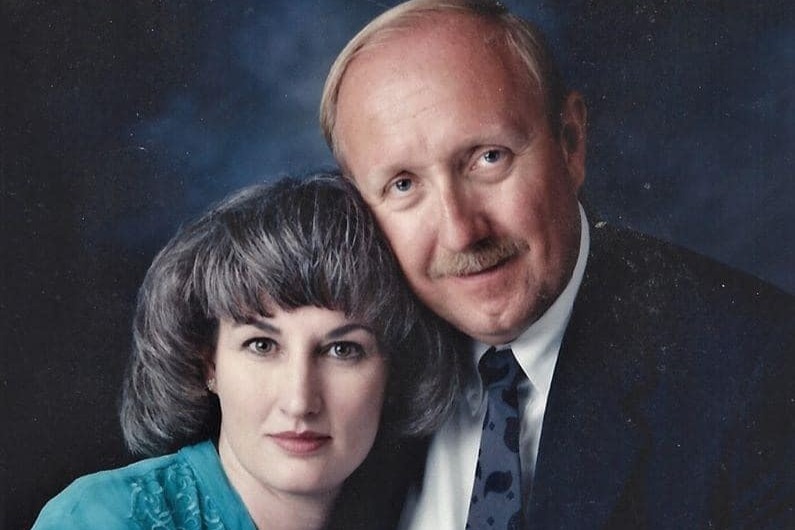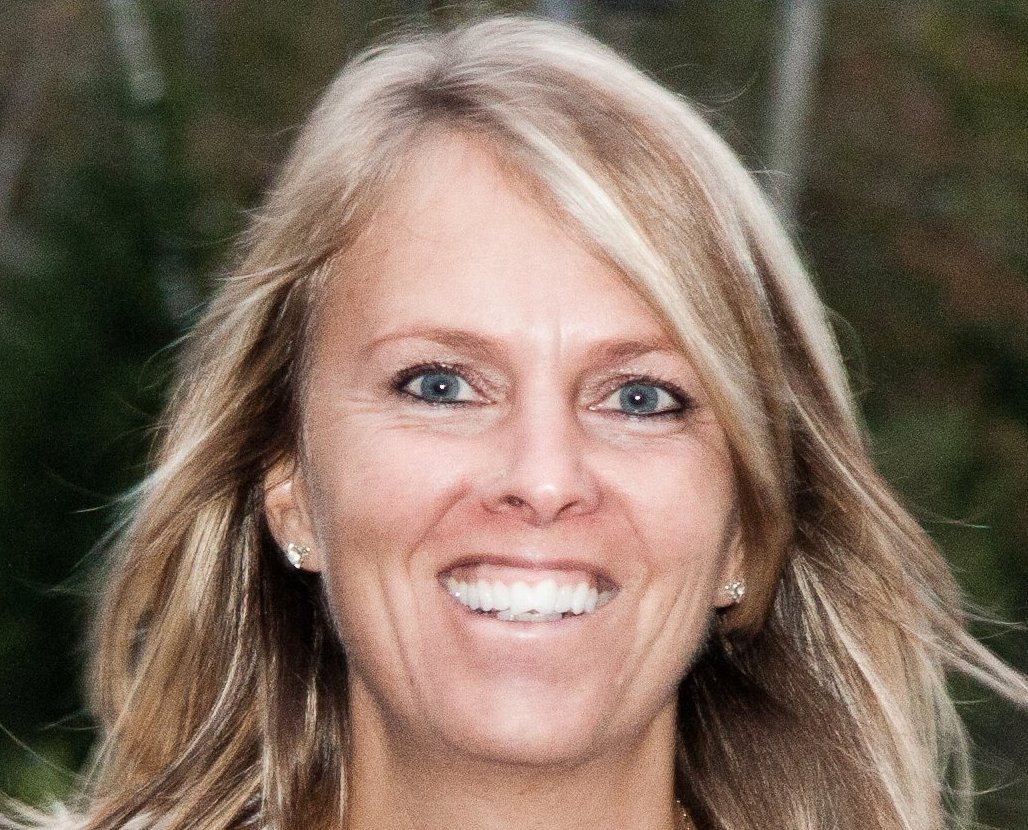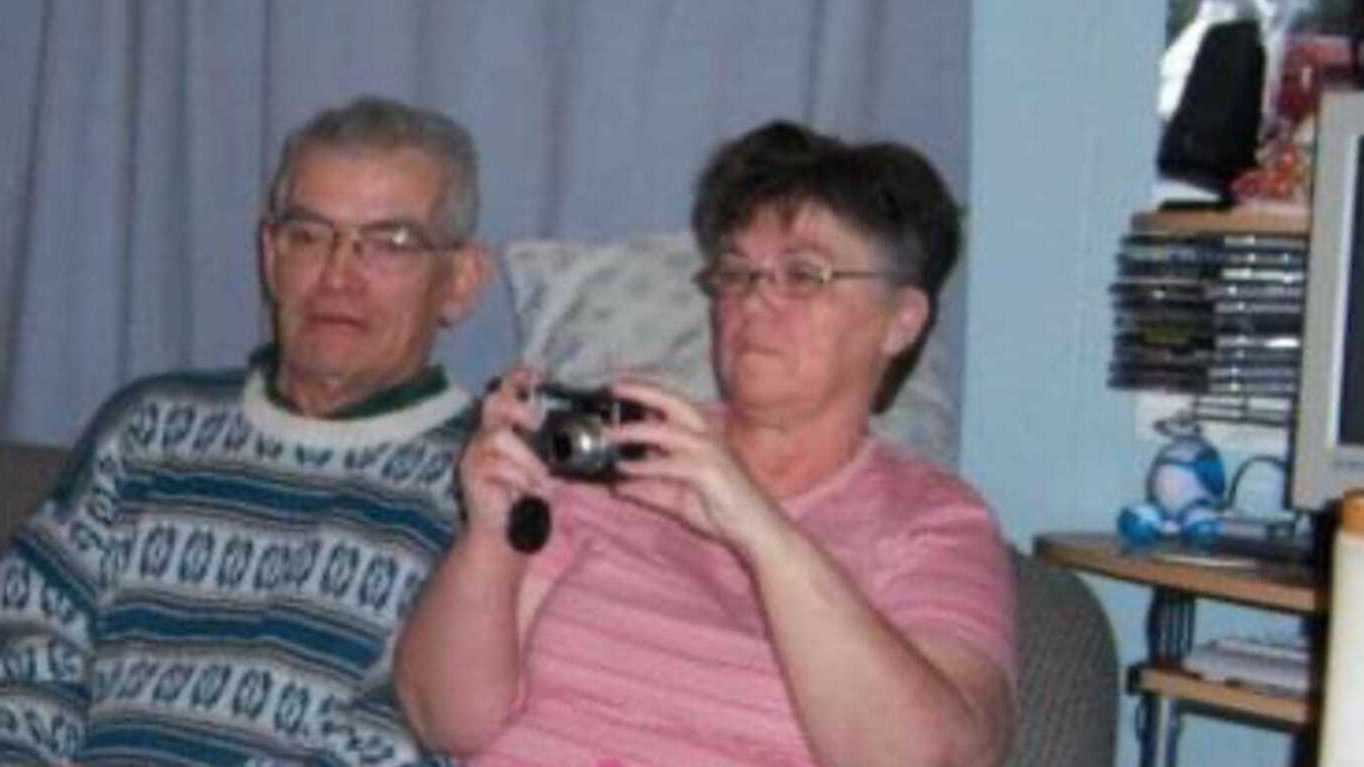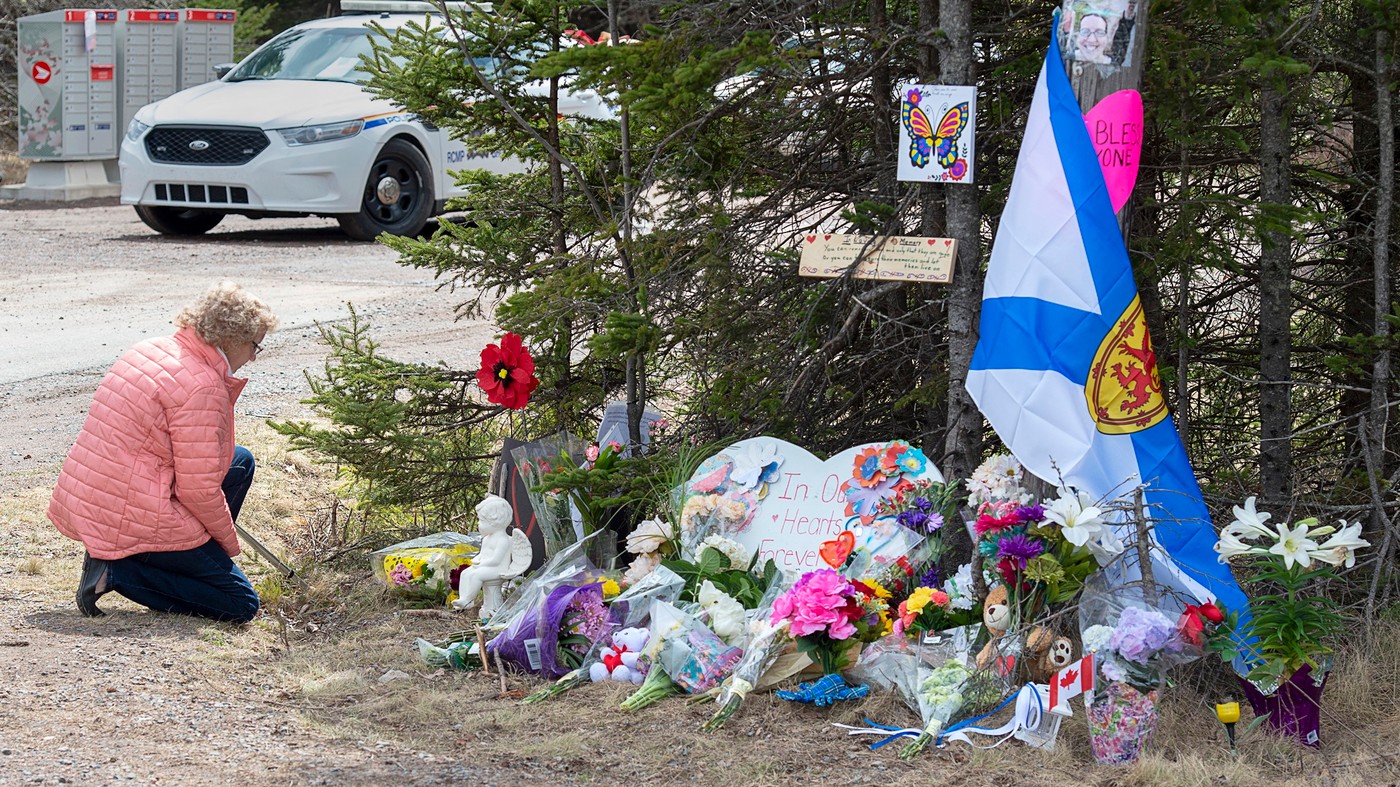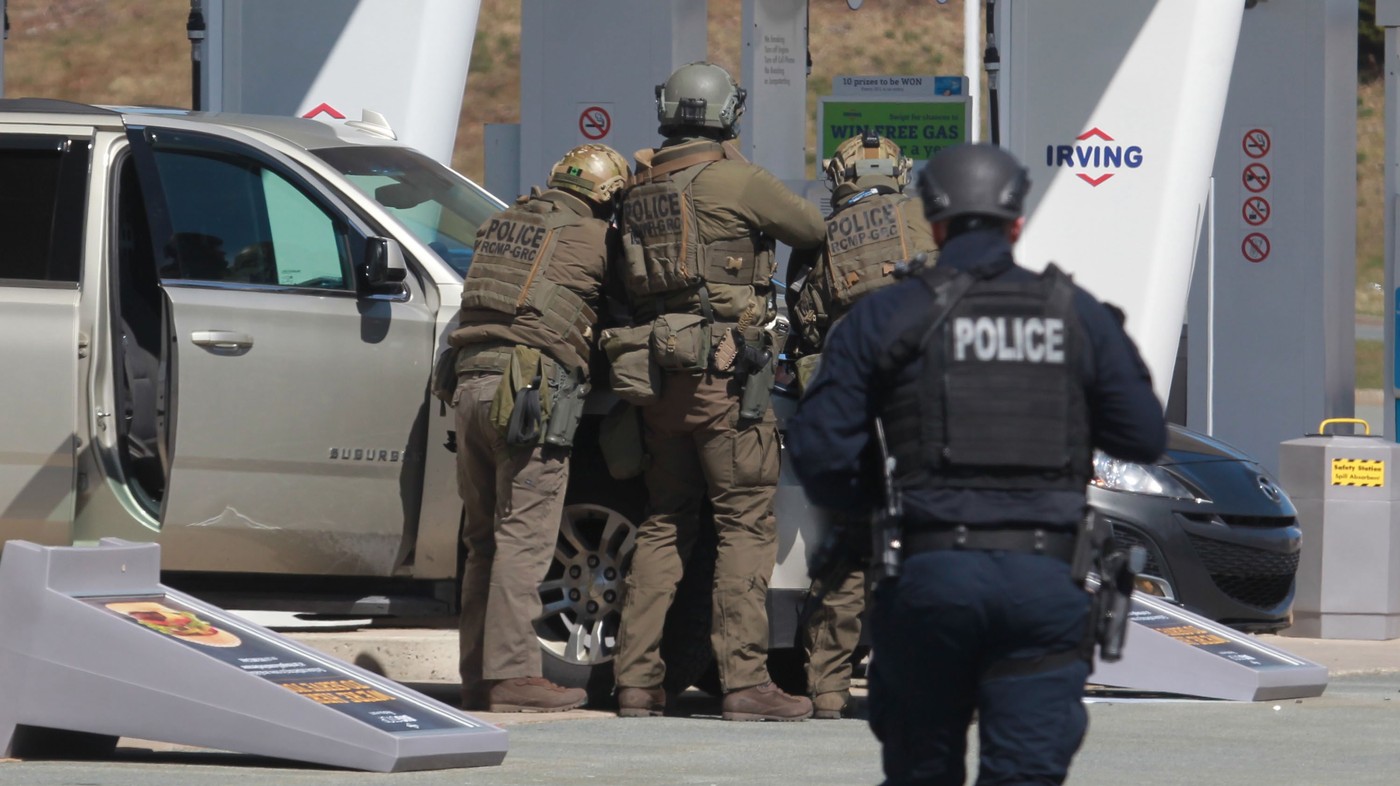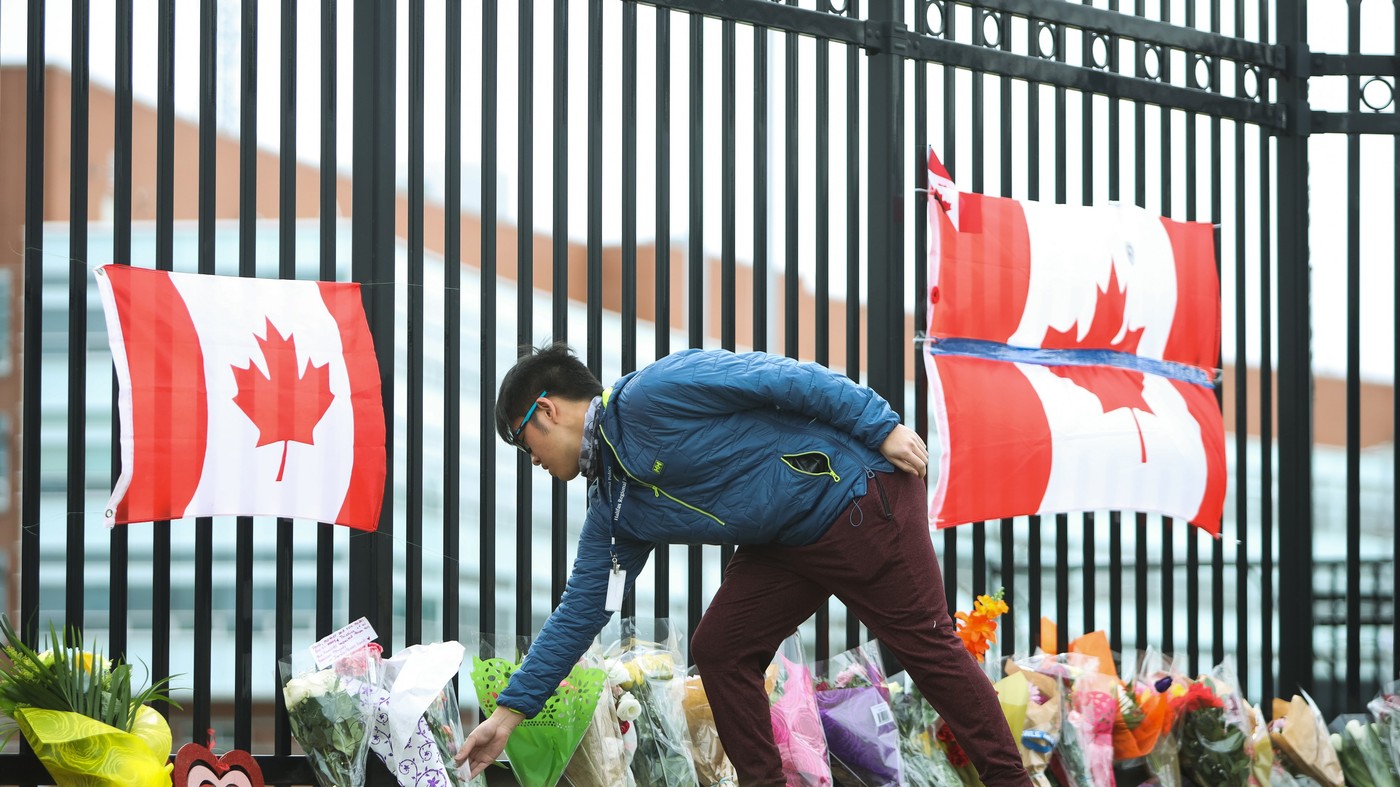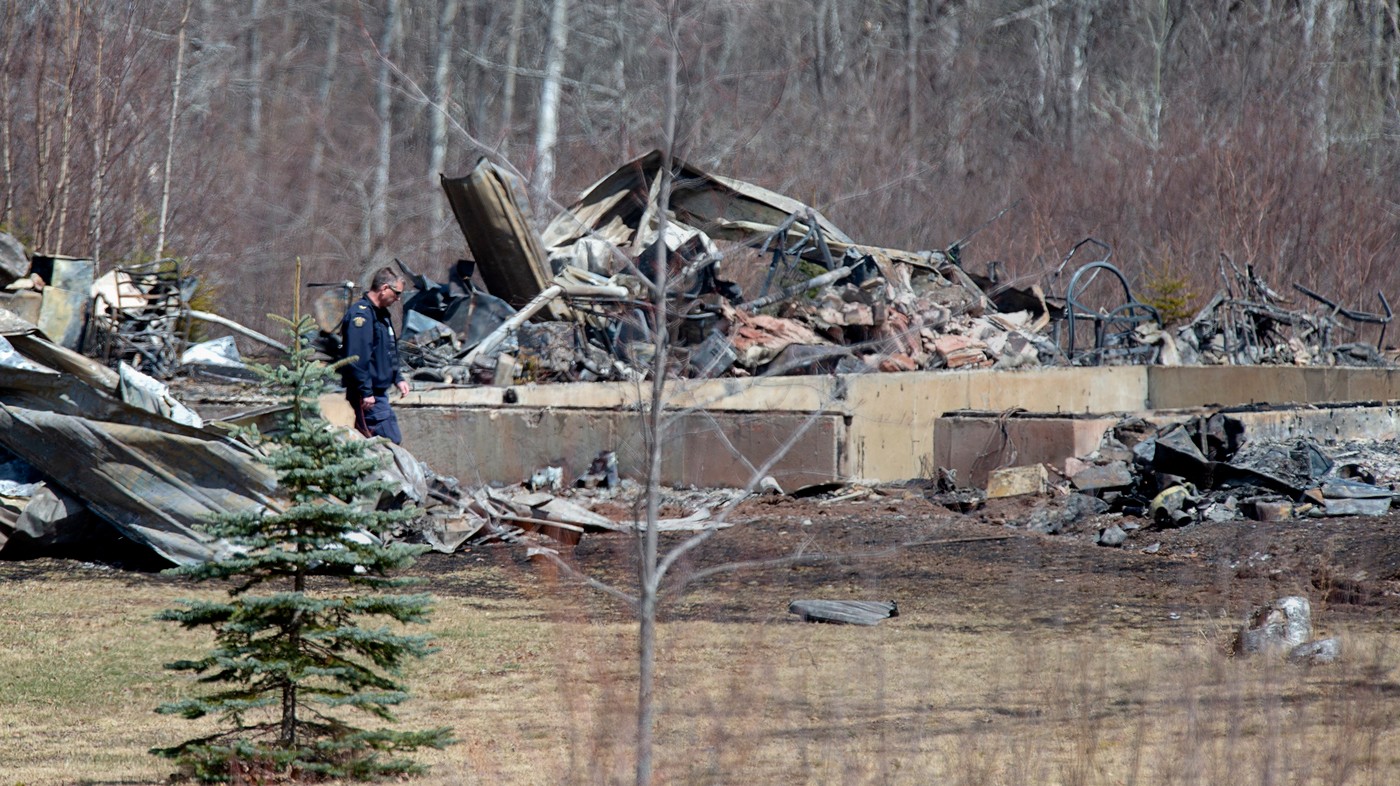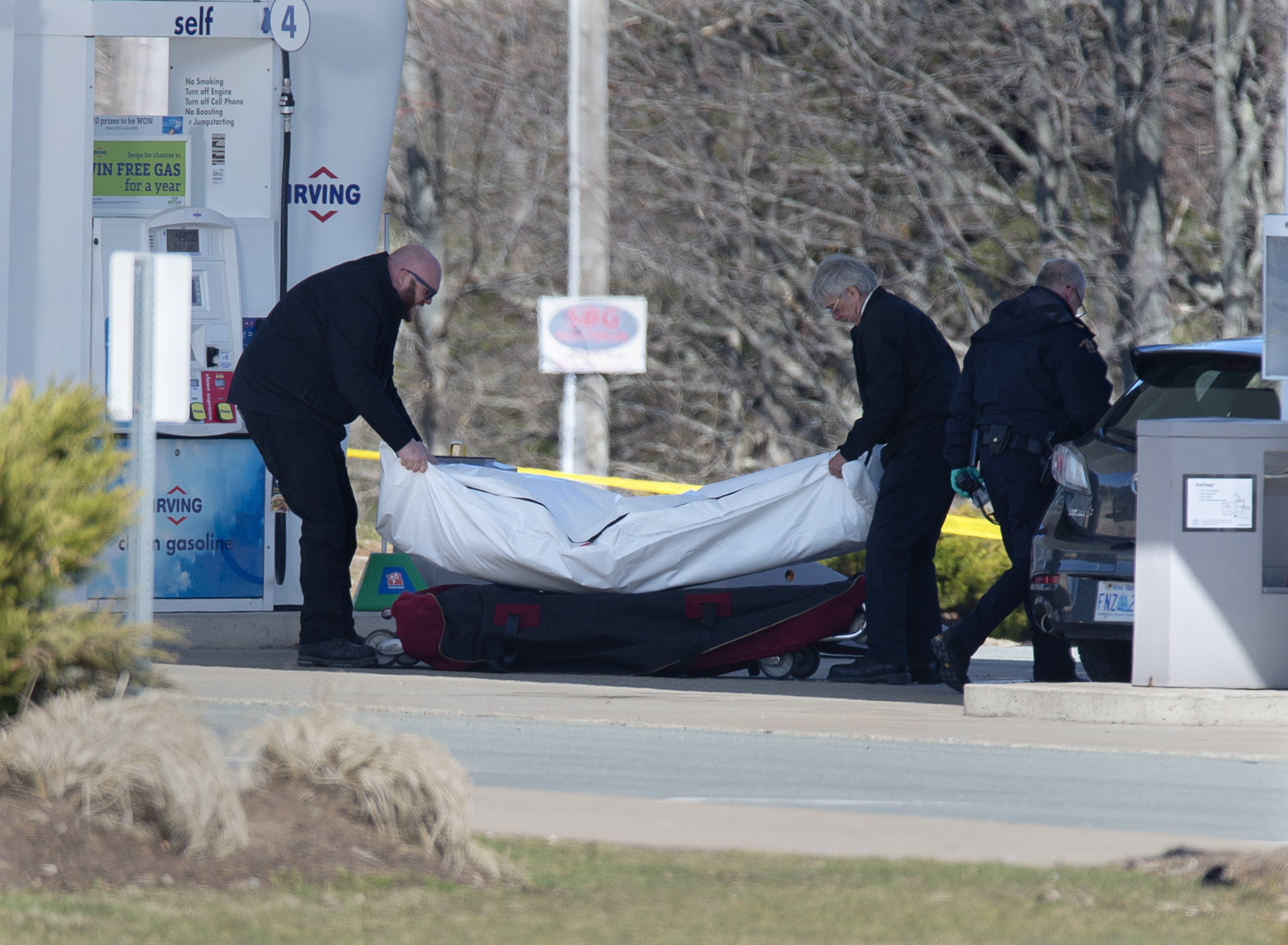'It's heartbreaking': NAIT vigil remembers Polytechnique Montreal victims
Story by Hamdi Issawi • Yesterday
A circle of 14 empty chairs served as a poignant reminder of the women killed in a mass shooting at Polytechnique Montréal 33 years ago, and the need to end misogyny.

To mark the National Day of Remembrance and Action on Violence Against Women, the Northern Alberta Institute of Technology installed 14 chairs on Tuesday, Dec. 6, 2022, to remember the murdered victims of a mass shooting at Polytechnique Montreal in 1989.© Provided by Edmonton Journal
The installation appeared at the Northern Alberta Institute of Technology’s Feltham Centre in Edmonton to honour the 14 women who died in the massacre. On Dec. 6, 1989, a man motivated by a hatred of feminists shot and killed them, and injured 13 other people at the facility.
Tanya Fir, the Alberta government’s parliamentary secretary for the status of women, spoke at a noon vigil near the installation, where she recalled struggling to comprehend the senseless act of violence, being a junior high school student at the time.
“As I look over at those 14 empty chairs, I feel grief and anger, but also resolve,” Fir said. “Grief for the lives lost and all the family members and friends whose lives were forever changed on that day, anger that such an act of discrimination and hatred ever occurred, but resolve to do something about it.”
The vigil for those women coincides with the National Day of Remembrance and Action on Violence Against Women, observed annually on Dec. 6 to remember the victims of gender-based violence.
About 50 people attended the service, although more, namely students, watched the event unfold overhead from behind the second-floor railing.
A few people wandered through the installation before and after the speakers delivered their remarks to peruse framed biographies of the victims and accompanying photos resting on the chairs.
Some of the seats were furnished with clothing and accessories, such as a red sweater, purple backpack and engineering textbooks. Most of the women killed in the Polytechnique Montréal shooting were engineering students.
Carrie Vos, program controller for Women Building Futures, tried to imagine the effects those women would have had on engineering, possibly as role models that would have attracted other women to a field where they are underrepresented. Her organization helps women find careers that pay more than just a living wage.
‘We still have so far to go’
“We will never know the true extent of this loss,” said Vos, a keynote speaker at the vigil. “But it’s important that we continue to work toward gender parity in engineering trades and technology. Everyone should have the opportunity to choose a career without being discouraged or restrained by others due to their gender.”
Felicia Ricard, a social worker in Edmonton who focuses on gender-based violence as well as missing and murdered women, found the remembrance both powerful and painful.
“It’s heartbreaking,” she said standing next to one of the empty seats. “It’s been 33 years since this happened, and we’ve come a long way, but we still have so far to go.”
In 2017, there were 350,457 victims of police-reported violent crime in Canada (968 per 100,000 population), 53 per cent of whom were female, Statistics Canada reported in 2018. Among those reported acts of violence, 50 per cent were physical assault offences, 29 per cent were sexual offences, and 21 per cent were other violent offences, the agency reported.
However, a 2021 Statistics Canada report based on general social survey results found that the rate of violent victimization was nearly twice as high among women (106 incidents per 1,000 women) than men (59 incidents per 1,000 men) in 2019.
The vigil ended with a moment of silence and a reading of the victims’ names: Geneviève Bergeron, Hélène Colgan, Nathalie Croteau, Barbara Daigneault, Anne-Marie Edward, Maud Haviernick, Maryse Laganière, Maryse Leclair, Anne-Marie Lemay, Sonia Pelletier, Michèle Richard, Annie St-Arneault, Annie Turcotte and Barbara Klucznik-Widajewicz.
— With files from The Canadian Press
hissawi@postmedia.com





